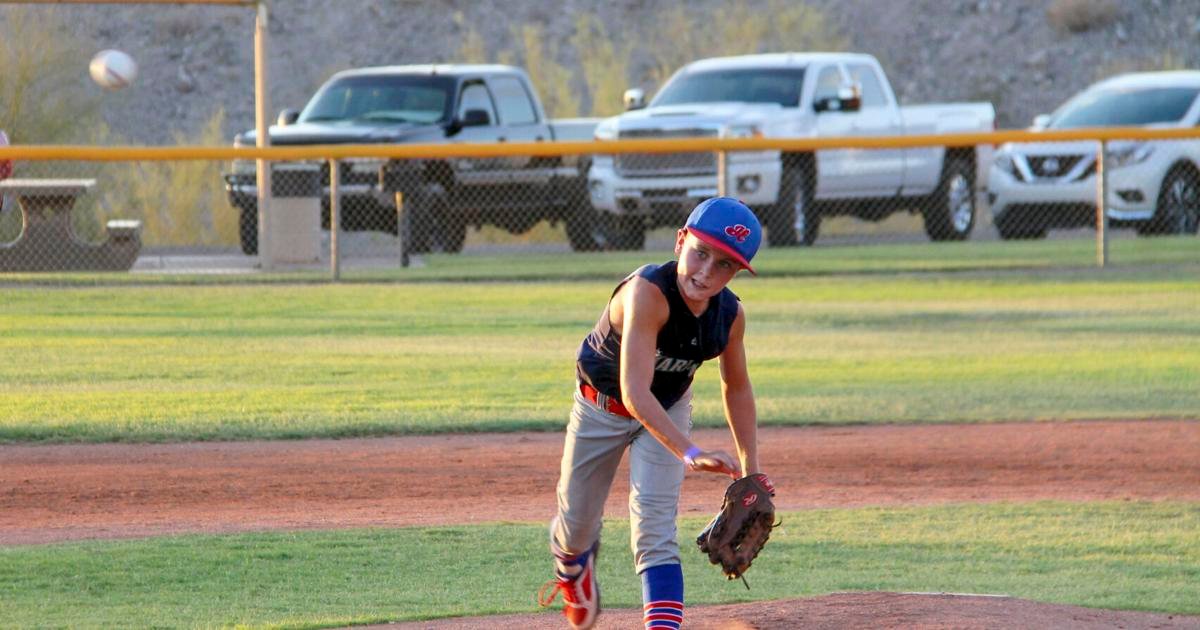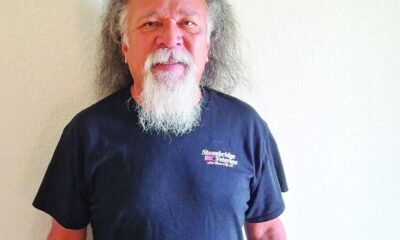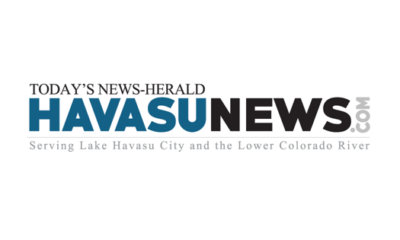Entertainment
Coaches Stress Importance of Extra Skills for Young Athletes in Havasu

Lake Havasu City is witnessing a growing consensus among coaches, players, and parents: the city requires additional sports facilities. During a recent Parks and Recreation Advisory Board meeting, stakeholders from various sports programs voiced their concerns over limited field availability.
The meeting was prompted by public requests, and Parks and Recreation Director Gabby Vera highlighted the urgency of community input as a master plan update approaches. This long-term strategy will assess the regional recreational needs over the next five to 20 years, encompassing fields, recreation centers, trails, and playgrounds.
Vera revealed that collaboration with local school districts may provide opportunities to utilize their fields more effectively, addressing community demands. City Manager Jess Knudson reinforced this commitment, indicating a potential partnership with schools to enhance field accessibility.
During discussions following the board meeting, both Knudson and Mayor Cal Sheehy reiterated the importance of a comprehensive master plan to address future user needs. However, they acknowledged a significant hurdle: the scarcity of available land in Lake Havasu City. “We don’t have a lot of land in Lake Havasu City, and that’s really a challenge,” Knudson stated.
With the number of young participants in sports increasing, current facilities are struggling to keep pace. Coaches reported having to schedule late practices or even share spaces with other teams. Some athletes practice on fields lacking proper markings, highlighting the pressing need for dedicated spaces.
Colleen Lowry, president of Havasu Lions FC, emphasized the urgency of the situation. “The need for additional fields in this city has become essential to accommodate the growth of our league to ensure safety and quality play,” she remarked. The club currently serves over 1,000 players in its recreation program alone.
Representatives from various local sports organizations echoed Lowry’s sentiments, underlining that new facilities would foster a more family-centered community and attract families to the area. Enhanced facilities could also stimulate local tourism, benefiting hotels and restaurants through increased sports tournaments.
Councilmember David Lane encouraged attendees to collaborate in identifying their needs and presenting solutions. Drawing parallels to a previously passed school bond, he stressed the necessity of a grassroots initiative to advance the cause.
As the demands for sports facilities grow, Lake Havasu City may soon face critical decisions regarding its recreational future.


















